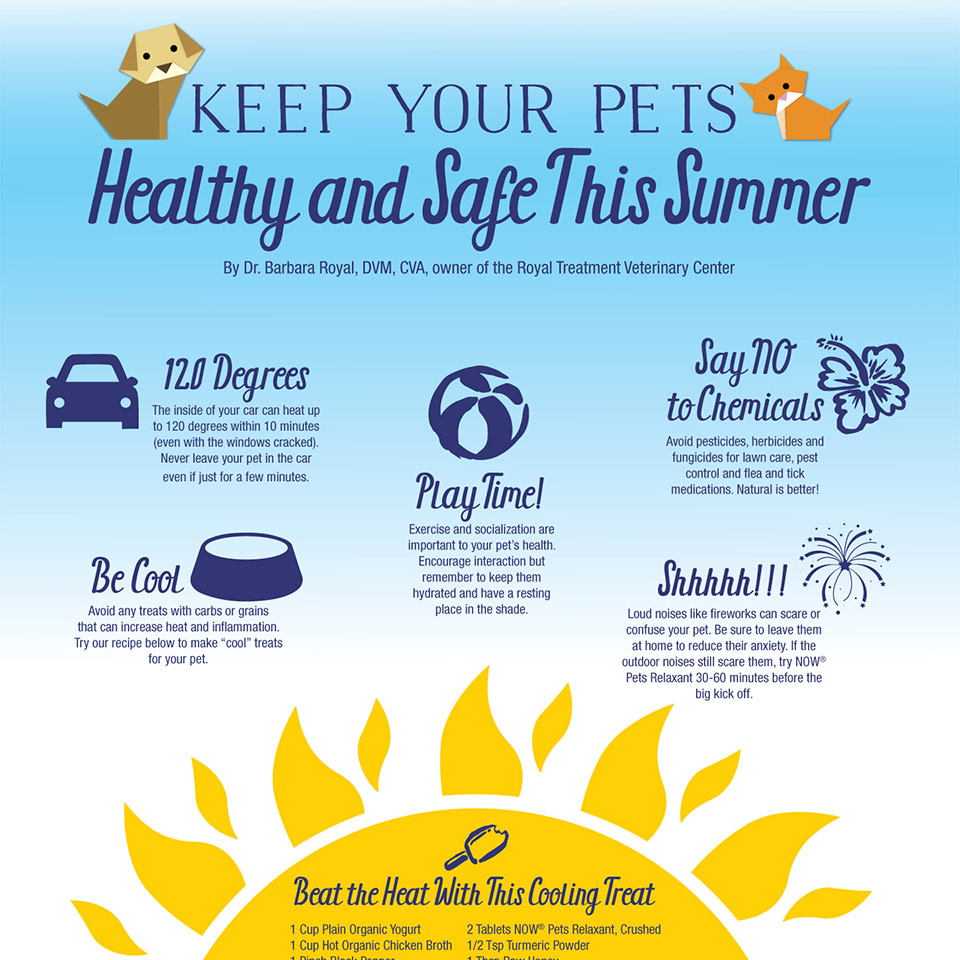Top 5 Signs Your Dog Is Ready For Daycare
Top 5 Signs Your Dog Is Ready For Daycare
Blog Article
Is Pet Dog Childcare Stressful?
Numerous canines like daycare and enjoy to be with their hair brother or sisters all day. Nevertheless, for some dogs it can be difficult.
Search for a center with certified fitness instructors and behaviorists that get on the flooring at all times, watching over the group play. This is especially important for dogs who are responsive, show source protecting or become antisocial or obsessive.
1. Congestion
For several pet dogs, day care is a positive experience that provides physical and psychological workout to burn off pent up power. Nonetheless, the increase of new pet dogs, scents and atmospheres can be frustrating for some pets.
Pet dogs ought to be paired with various other pets that are similar in size, age, socializing and play design to guarantee safety and protect against overstimulation. Nonetheless, overcrowding is common at pet childcares and can trigger personality clashes and harassing that lead to injuries.
Ask what safety measures the center takes to keep your dog risk-free. For example, exists an outside space for pets to leave the crowds? Does the center have regular breaks for your dog to soothe their nerves? Ask what kind of emergency treatment and CPR training staff members have and if they recognize with administering drug to your canine. Additionally, it is necessary to see to it your pet dog's food and medications remain in a labeled bag that childcare personnel can promptly gain access to.
2. Changes in regular
Completion of summer season is coming and with it comes large modifications as kids return to college and individuals return to their work timetables. This can be demanding for your puppy. They'll miss all the walking and play you do together and may begin to really feel bored. Their behavior could alter as well, such as excessive barking or devastating actions.
Pet dogs like routine, so an abrupt shift in their daily regimen can trigger them tension. Make sure to intend in advance and progressively modify your feeding and walk times in the weeks leading up to back-to-school. This will certainly assist your canine acclimate to their brand-new routine and reduce any kind of unwanted behavior.
Childcare is an outstanding way for dogs to obtain plenty of physical and psychological exercise, especially if they are young or energised. They likewise receive socializing experiences that will construct confidence and etiquettes, which can help them handle the anxiety they could experience from things like journeys to the vet, visits to your office or home and other demanding events.
3. Splitting up stress and anxiety
The drop off and pick up procedure can be a bit difficult for canines, specifically when it's the first time. Several canine childcares use a consistent everyday routine, and in time this helps family pets really feel comfortable and safe while they're away from their proprietors.
Structured play, structured rest periods and routine treat times all assist pets develop a feeling of knowledge and predictability. This, combined with favorable reinforcement, assists reduce separation stress and anxiety signs and symptoms.
Socialization likewise maintains board and train dog trainers near me canines literally and mentally occupied, which can make them much less responsive to stress factors when they're home. This, in addition to positive support, aids to decrease anxiousness and increase self-esteem.
4. Not being watched play
Dogs that are not interacted socially regularly can become anti-social-- this is usually viewed as pet aggression. This can occur even in a well-managed childcare setup, so be sure to see the canines meticulously. Look for a ratio of 11 or less pet dogs to flooring individuals. Staff ought to be playing and communicating with the pet dogs, not resting at their workdesks or staring at their phones.
The facility should have a peaceful location where the pet dogs can loosen up and recharge between play sessions. This is especially crucial for high-energy types that require to burn added energy or low-energy older dogs.
Ask the team what they do to keep the pet dogs calm. They must use positive reinforcement (appreciation, stroking, play) and never ever make use of physical punishment or aversives. They should also be trained in family pet emergency treatment and mouth-to-mouth resuscitation. Last but not least, the center should have an effective protocol for feeding times to avoid food hostility.